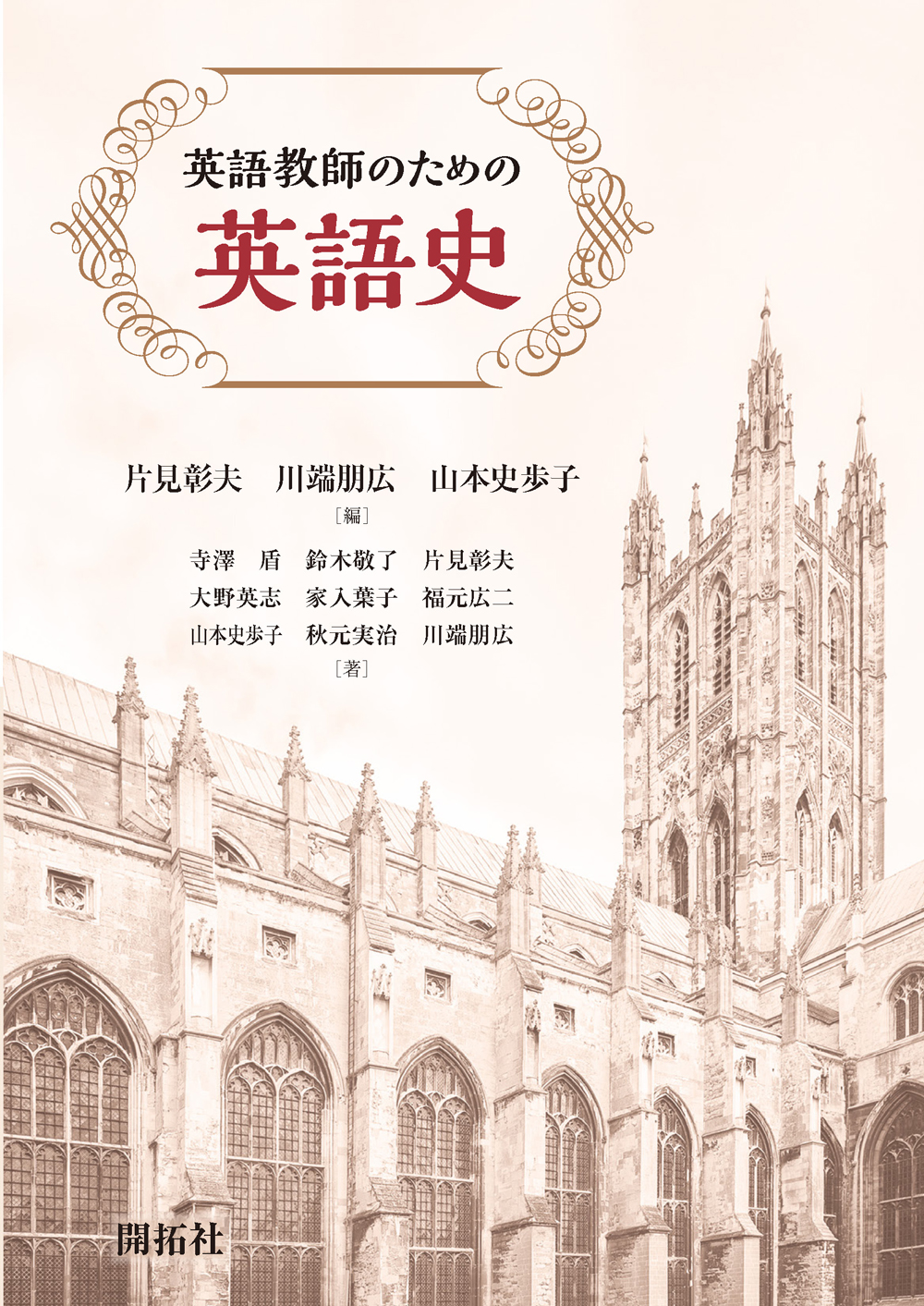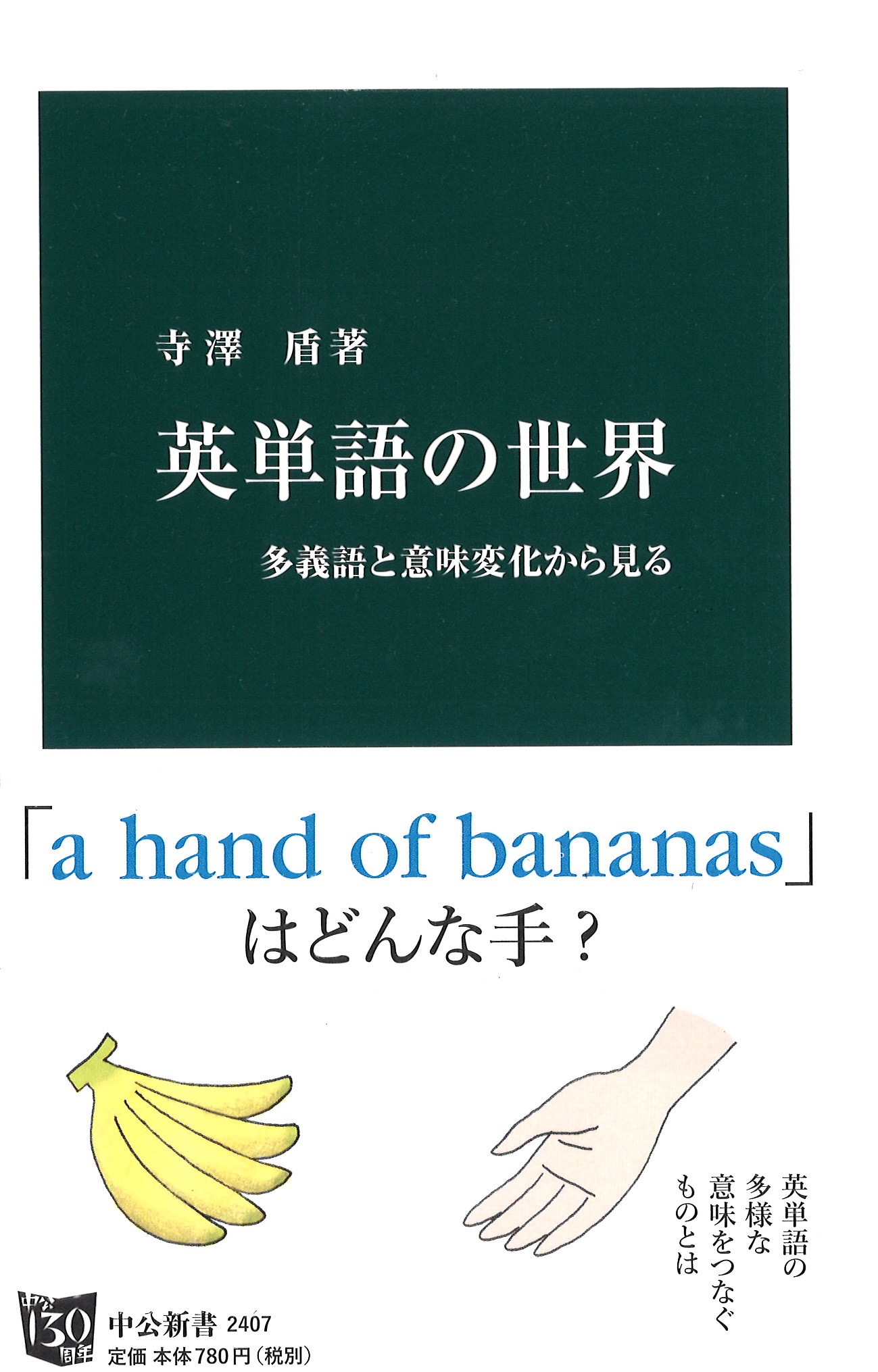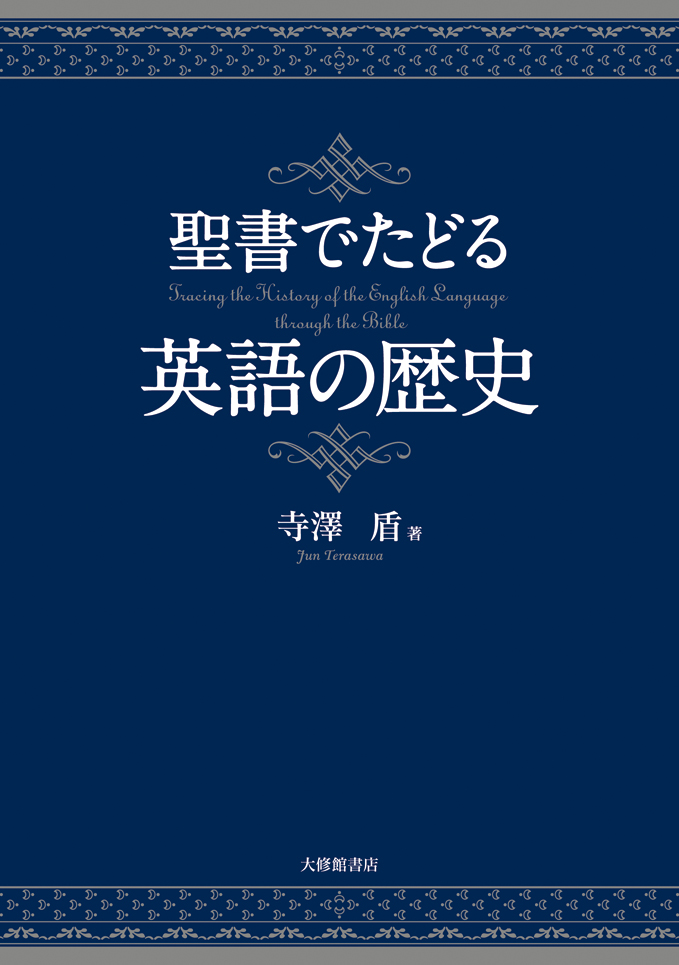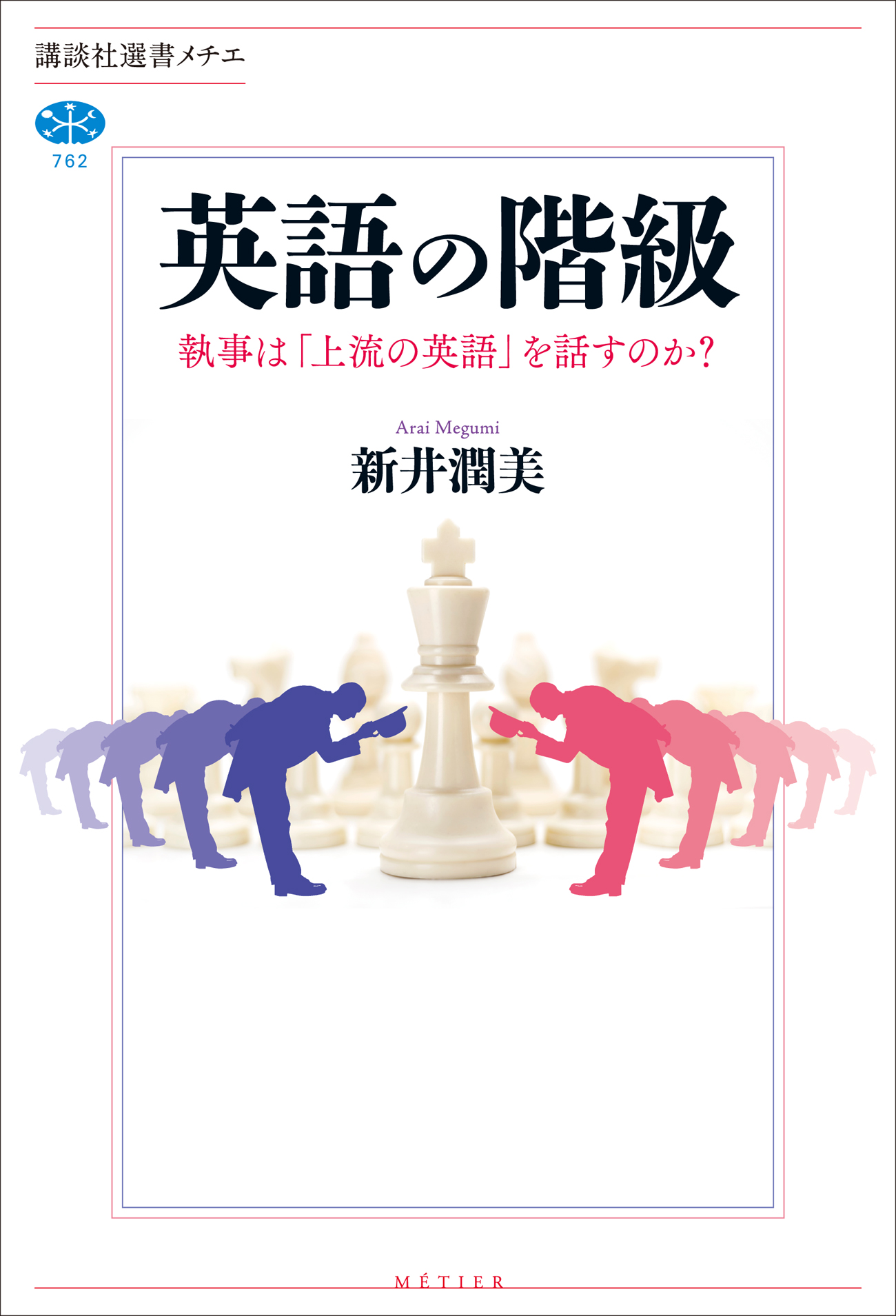
Title
Eigo Kyoshi no tame no Eigo-shi (The History of the English Language for English Teachers)
Size
288 pages, A5 format
Language
Japanese
Released
June 26, 2018
ISBN
978-4-7589-2258-6
Published by
Kaitakusha Publishing
Book Info
See Book Availability at Library
Japanese Page
The phrase “history of English” may give the impression that the past of the English language is the subject at hand here. Meanwhile, the main interest in the field of English language education naturally lies in present-day English that is the object of learning and teaching today. It is unsurprising that some might not see the connection between the “past-oriented” history of English and “present-oriented” English language education, but in fact, the history of English can be considered “present-oriented,” in that, it offers explanations for various irregularities observed in present-day English.
In English, there are many groups of words that are linked in terms of meaning (e.g., mind and mental, moon and lunar), but the connection is not morphologically apparent. This “opacity” in the English vocabulary is due to the historical borrowing of a large number of foreign terms into English, resulting in the coexistence of terms of native origin and those of foreign origin (particularly French and Latin) that express similar concepts. For instance, mind and moon are both of English origin, but mental originates from Latin or French, and lunar was borrowed from Latin.
The history of the English language provides an explanation for such mysteries or irregularities in present-day English, and thereby may arouse interest in English and encourage English language learners’ desire to study the language. The History of the English Language for English Teachers was compiled to highlight the application of the history of the English language in English language education.
To deepen the learning of the English language taught in junior and senior high school, this work adds a historical dimension by tracing the transformation from Old English to present-day English: Chapters 1 to 4 discuss the transformation from Old English to Middle English; Chapters 5 to 8 trace the change from Early Modern English to Late Modern English, and finally, Chapter 9 talks about present-day English. The discussion of earlier English often contains reference to present-day English. To give an example, the sections on Old English—the form of the language most distant from present-day English—explain that at one time, singular and plural forms of second-person pronouns were morphologically differentiated, as in the case of first-person and third-person pronouns; however, the originally plural form you later came to be used in singular form as well. This answers the question of why only second-person pronouns in present-day English do not distinguish between singular and plural form, and why the plural form of be is used even for a singular you, that is, you are/were rather than you is/was. Further, excerpts from English literary works from different periods have been added after each chapter to discuss the forms of English used in the relevant periods. For instance, after readers learn about Middle English grammar and vocabulary, they are invited to read some excerpts from the work of Chaucer to get a feel for Middle English. To engage the readers further, each chapter includes a column called “Tea Break,” wherein interesting anecdotes on the history of the English language have been featured. Additionally, for classroom use by junior and senior high school English teachers, a “Classroom Activity” section has been added at the end of each chapter (answers and explanations can be found at the end of the book).
The title of the book may suggest that this book is solely for English teachers. However, as the book clarifies various irregularities in English (such as why the “b” in the word doubt is silent), this book is also recommended for students who wish to deepen their knowledge of English and English grammar.
(Written by TERASAWA Jun, Professor, Graduate School of Arts and Sciences / 2020)



 Find a book
Find a book





